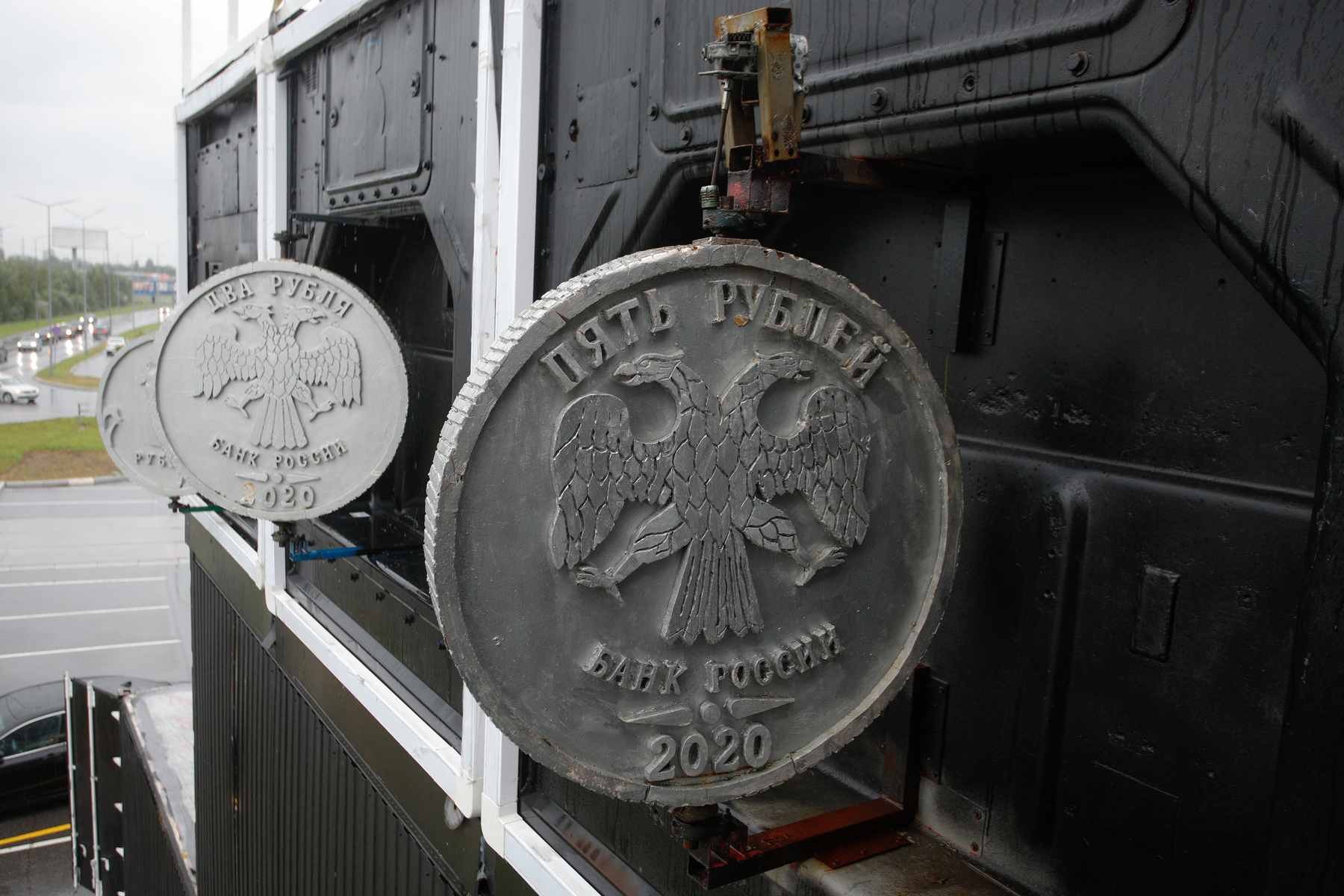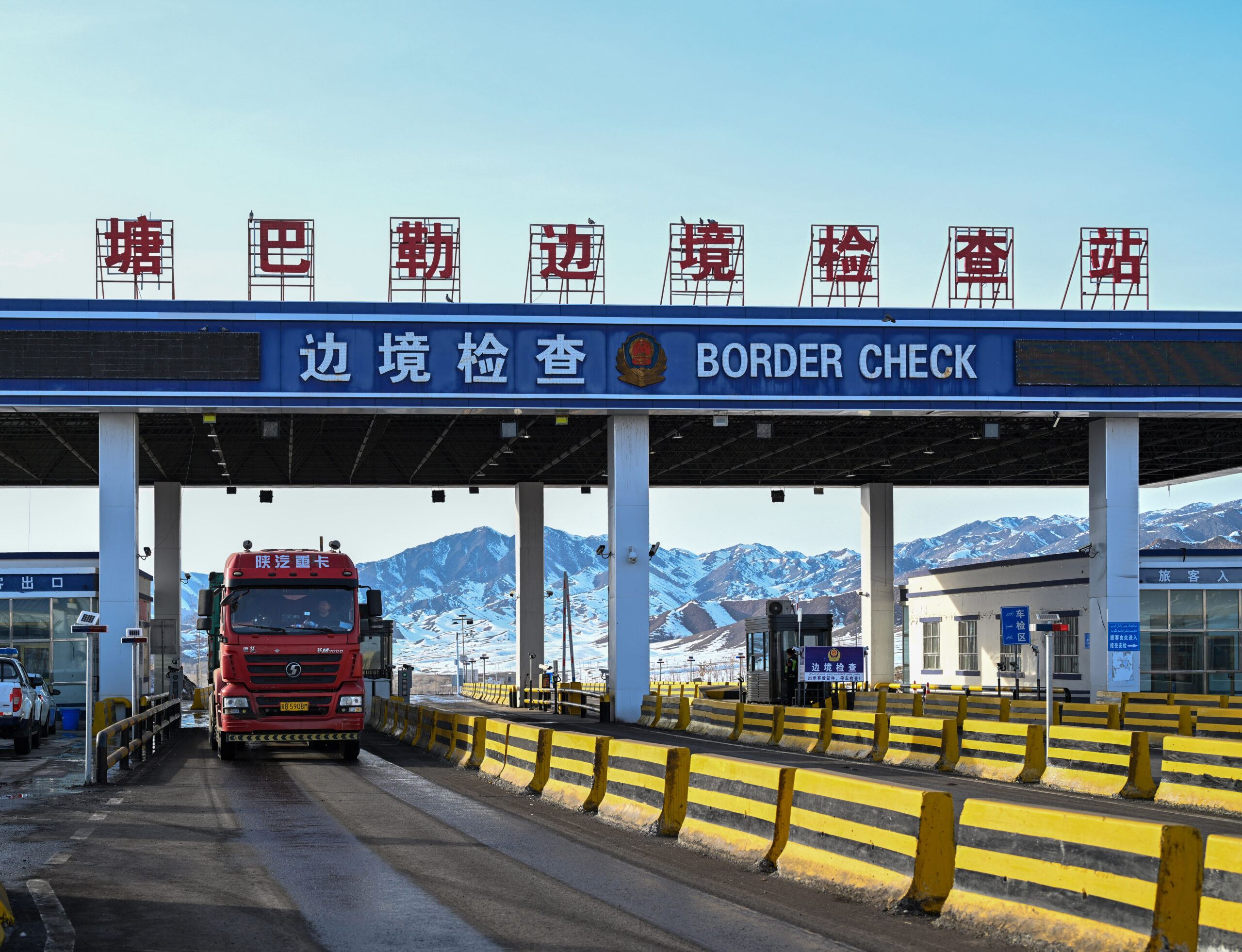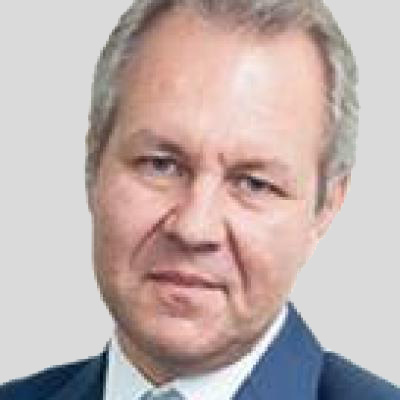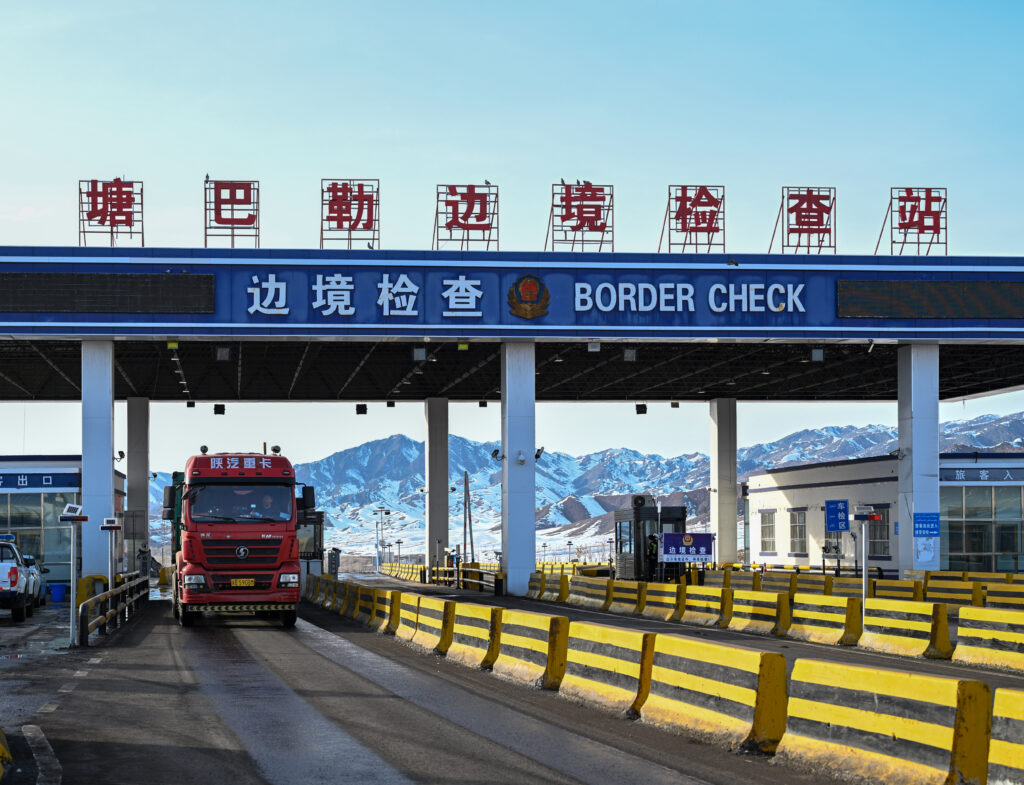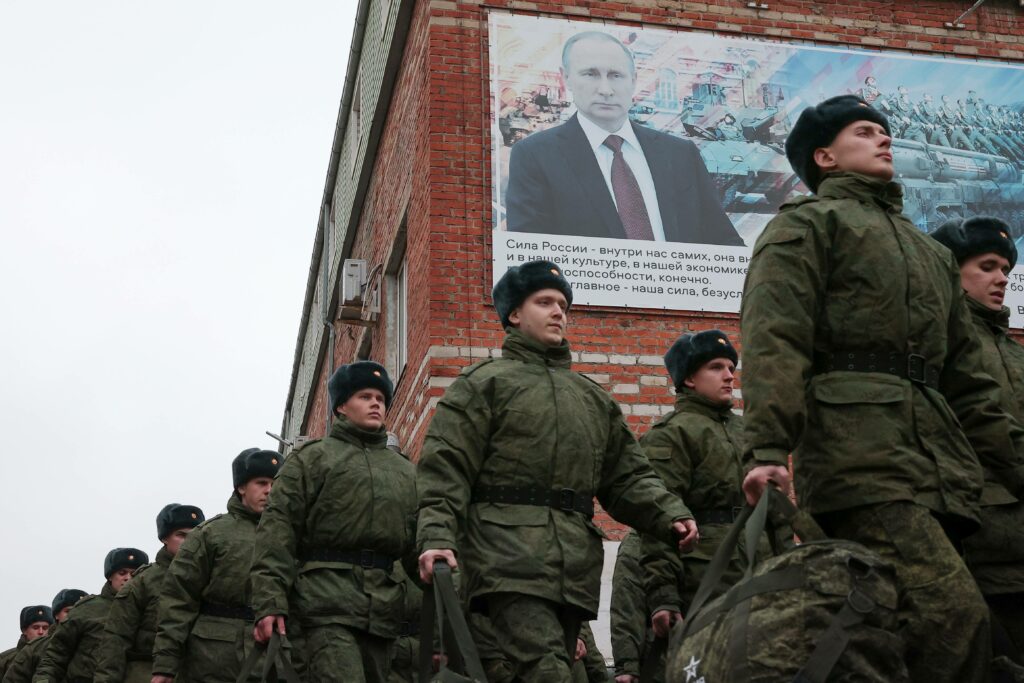Russia is reaching 2022 with mixed economic performance. The coronavirus pandemic has forced the authorities to declare a lockdown, albeit a short-term and partial one. But a lockdown nonetheless, one which could cause a correction in recovery growth and reduce the final indicator to 4.0-4.2%. Currently, the Bank of Russia’s GDP growth forecast stands at 4, 5%, and the IMF at 4.7%.
Besides the lockdown, this virus is undermining the economy while claiming more than a thousand lives every day. It requires extra funds to support health care (which the authorities were going to cut in the budget for 2022).
Then again, the recovery of the global economy and speculative surges of financial markets provoked an increase in prices for all main Russian exports, which will make it possible to end this year with a budget surplus. That should leave plenty aside for the year ahead.
All over the world, economists are attempting to estimate the losses caused by the coronavirus. The calculation methods vary widely. For this analysis we will use basic parameters. In 2020, Russia’s GDP decreased by 3%. In 2021 it will grow, most likely, by 4.2%, so the losses will at least be covered.
The population was forced into lower living standards: real incomes fell 3.5% last year, though increased 4.1% this year. An indirect indicator of the stability of the situation, meanwhile, is the increase of funds in the accounts of citizens in banks. On top of this, real estate owned by Russians has seriously risen in value (by 25–40% since the beginning of the pandemic), which compensates (at least on paper) for any interest on mortgages. On the downside, there are more poor and very poor people now in the country – inflation hit them the most (prices for potatoes, cabbage, vegetables, chicken and pasta rose 1.3 times or more). To counter this, the authorities in several steps allocated funds to support them (a total of almost 800 billion rubles in 2021).
Looking closer, direct losses from coronavirus are more difficult to assess. In 2020 and 2021 budgetary spending on health care increased by 600 billion rubles and more than by 1.5 trillion in comparison with the level of 2019. At the same time, the decline in the population, as sad as it is to admit, did not become a problem for the state: a decrease in the number of pensioners by more than 1.2 million allowed the Pension Fund to save at least 230 billion a year, i.e. over two years about 0.5 trillion. Federal budget revenues in 2020 fell by more than 1.46 trillion. Most of this decline was due not to lockdowns, but to external economic conditions and turmoil in the energy market. By the end of this year, the situation has improved; the budget will receive 1.6-1.7 trillion rubles of unplanned revenues (it is likely that the figure could reach 2 trillion). If we roughly sum up the results of two years of the pandemic they will end up financially neutral for Russia as a whole. The main question is what prospects are opened by the beginning of a third year of the coronavirus.
With 35% of the population fully vaccinated and a projected 124 days to double that rate, the country is virtually defenseless. Immunity will decline faster than vaccinations are carried out. At the same time, in Russia, the ratio of the number of deaths to the number of infections from wave to wave does not decrease, as in developed countries. Instead it is rising. The recently announced pseudo-lockdown is likely to pave the way for new restrictions. Only incorrigible optimists can talk about economic growth of more than 1.5% in 2022 today.
At the same time, the coming year may bring Russia an unprecedented increase in export earnings. The average price for Brent crude in 2020 was $41.8/barrel. In 2021, it is still holding at about $85/barrel (the average price from the beginning of the year to November 1 was $68/barrel), and in 2022 it may bolster between $90 and $110/barrel. If this happens, Russia will receive about $ 70 billion in added revenues — about half will go to the budget.
The situation with gas is even more impressive. On the European market, where about 77% of Russian imports are sent, the price increased from $119/thous. m3 in 2020 to $437/thous. m3 for the first 10 months of 2021 and has a chance to stay within the range of $ 700-1000/thous. m3 in 2022. If the price is at the lower border of this range, the country will receive another $50billion in added foreign currency earnings. In other words, the difference in receipts for export energy resources between 2020 and 2022 may be one and a half times greater than the entire volume of the National Welfare Fund.
However, income and spending need to be assessed not only in absolute numbers, but also in relative terms.
Russia today has a relatively limited reserve of capabilities for responding to emergencies. It was possible to maintain the economy at pre-covid levels by spending about 3 trillion rubles (2.5% of GDP) on the fight against the pandemic and by giving out about a trillion more to citizens directly. However, to give it real dynamism, sums are required an order of magnitude more. These cannot be provided even by the “rain” of petrodollars. Any “Launch” of sustainable growth requires an increase in real disposable income by 4-5% annually for two to four years. To maintain it would need another 6-8%. At the height of Russian economic growth in 2000 to 2007 this indicator grew by 10-13% annually. In conditions when internal sources of growth are seriously limited by bureaucratic control and the terror of the security forces, only the state can act as an engine of income growth. Perhaps if the investment climate improves, the state will provoke an impetus in economic development. Yet there is a risk that if the expectations of entrepreneurs do not improve, it will only end in a spike in inflation.
The limits of the NWF
But what are the incomes of citizens in Russia today? According to Rosstat, they amount to about 62.8 trillion rubles a year; at least another 1/5 of this amount goes into the pockets of Russians from informal sources. That is, to start the growth, the population should receive 3-4.5 trillion rubles a year additionally. To keep that up it will need it to stay that way for several years. Calculated per person, this will amount to about 25 thousand rubles ($380) annually and per adult – 40-42 thousand rubles. ($500-550). The government has the National Welfare Fund at its disposal with about 14 trillion rubles. Even if we assume that budget oil surplus revenues will be in 2021–2022 around half of this amount and all this money will be spent, we can talk about the possibility of increasing the incomes of citizens by 10% annually for a maximum of three years.
To understand the scale of Russian reserves, one must bear in mind that today the NWF has about $1,360 for each Russian citizen (and super-profits from oil can give it another $700-900 in 1.5-2 years) – but, for example, in the UAE The Abu Dhabi Sovereign Fund has $ 441,000 for each citizen, and in Norway – $ 198,000. In other words, even ultra-high export incomes can ensure that Russia maintains the current (and very average by world standards) living standards of citizens for many years, but they are unlikely to be able to give the economy a powerful acceleration.
This is easily demonstrated by comparing the situation with the early 2000s: in 2000, Russian GDP, recalculated in dollars at the current market rate, was $259 billion, and the total “increase” received from oil exports in 2000-2008 about $1 trillion. Today, GDP is at the level of $1.7 trillion when recalculated at the current exchange rate, but even in the most ideal situation, the oil and gas “increase” until the mid-2020s will not exceed $130 billion per year. Accordingly, the “acceleration” will no longer be so significant.
Growing pains in a divided world
The COVID-19 pandemic has made the world much more economically divided than ever before, for several reasons.
First, developed countries have abandoned many textbooks in financial policy, turning to massive debt financing of economic growth. The average level of support for the economy over two years in the US, UK and the main EU countries was about 17% of GDP. This will provide several more years of sustainable growth. It is likely that the same method of overcoming crises will be used in the event of a new cyclical crisis at the end of the 2020s. Most developing countries, including Russia, do not have such an instrument.
Secondly, the pandemic confirmed the promising orientation of developed countries towards strategic progress in advanced technologies. Pharmaceuticals, healthcare, Internet technologies, communication systems, as well as new technologies in the energy sector have become a powerful driver of growth in market capitalization. Accordingly, national wealth and purchasing power of the population and non-profit organizations both grew. The total value of shares of American companies since the beginning of 2020 year grew by more than $11 trillion, significantly overlapping the growth of public debt over the same period. Nothing similar happened in emerging markets like Russia’s.
Third, the restructuring of the economy has accelerated the energy transition. By the middle of the century this will lead to a noticeable reduction in the consumption of fossil fuels by the countries that are the main importers from Russia. The developed world will restrict the import of goods with a significant carbon footprint (and not only from Russia), which will make profitable only the production of the final competitive product, which Russia practically does not produce.
So the coronavirus epidemic has dealt a significant blow to the Russian economy, but far from fatal. The short-term volatility of resource prices on the world market, provoked by it, against the background of the Kremlin’s chosen algorithm for responding to the spread of COVID-19, is capable of completely neutralizing Russia’s financial losses caused by the pandemic.
At the same time, the longer-term consequences of the pandemic, coupled with the emerging new financial and environmental agendas, severely limit Moscow’s room for maneuver for one to two decades. The Russian authorities will be faced with a choice between raising the living standards of the population at the expense of the budget and endless stagnation; between the investment of funds received from energy exports in modernization (and parallel reconciliation with the West) and their spending on pensions and salaries of public sector employees while maintaining the appearance of a “besieged fortress”.
